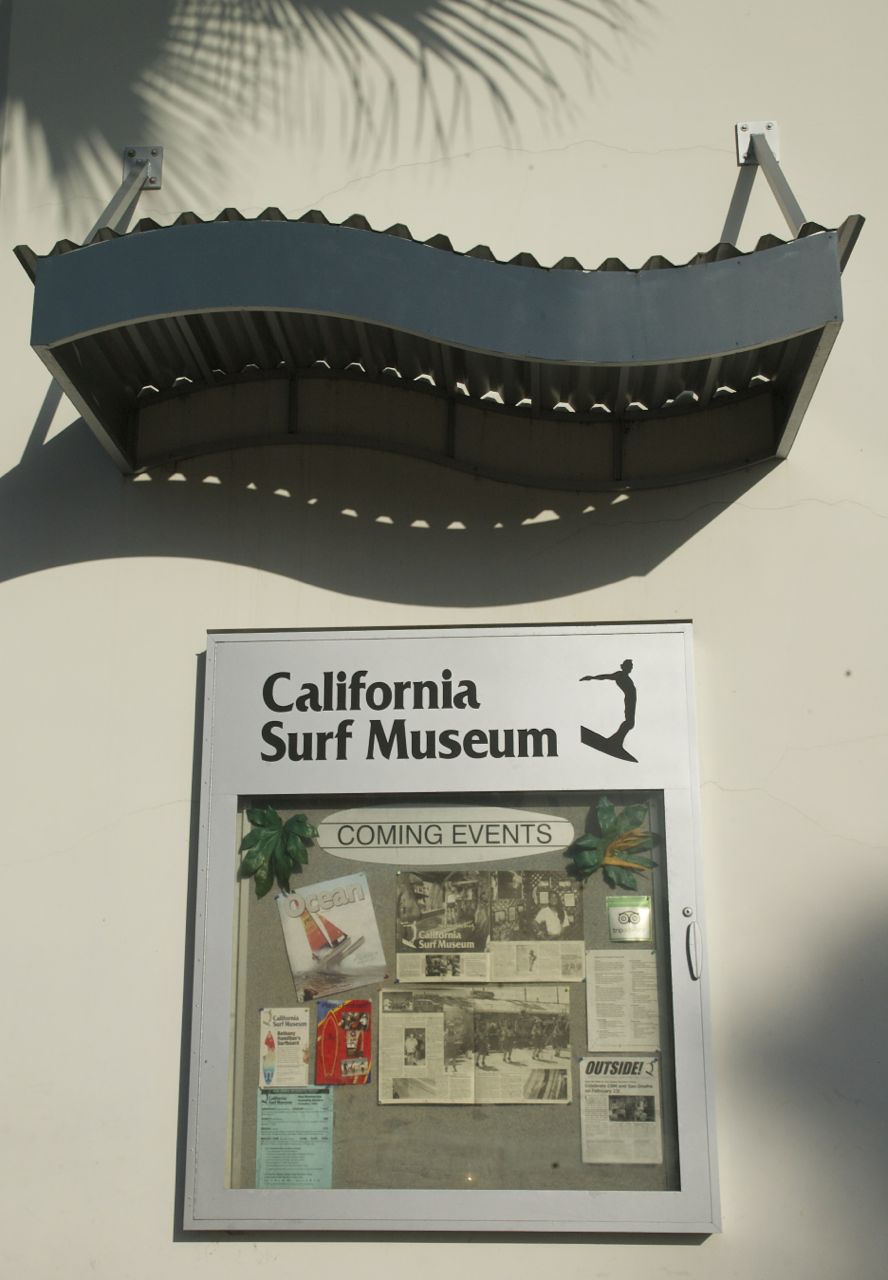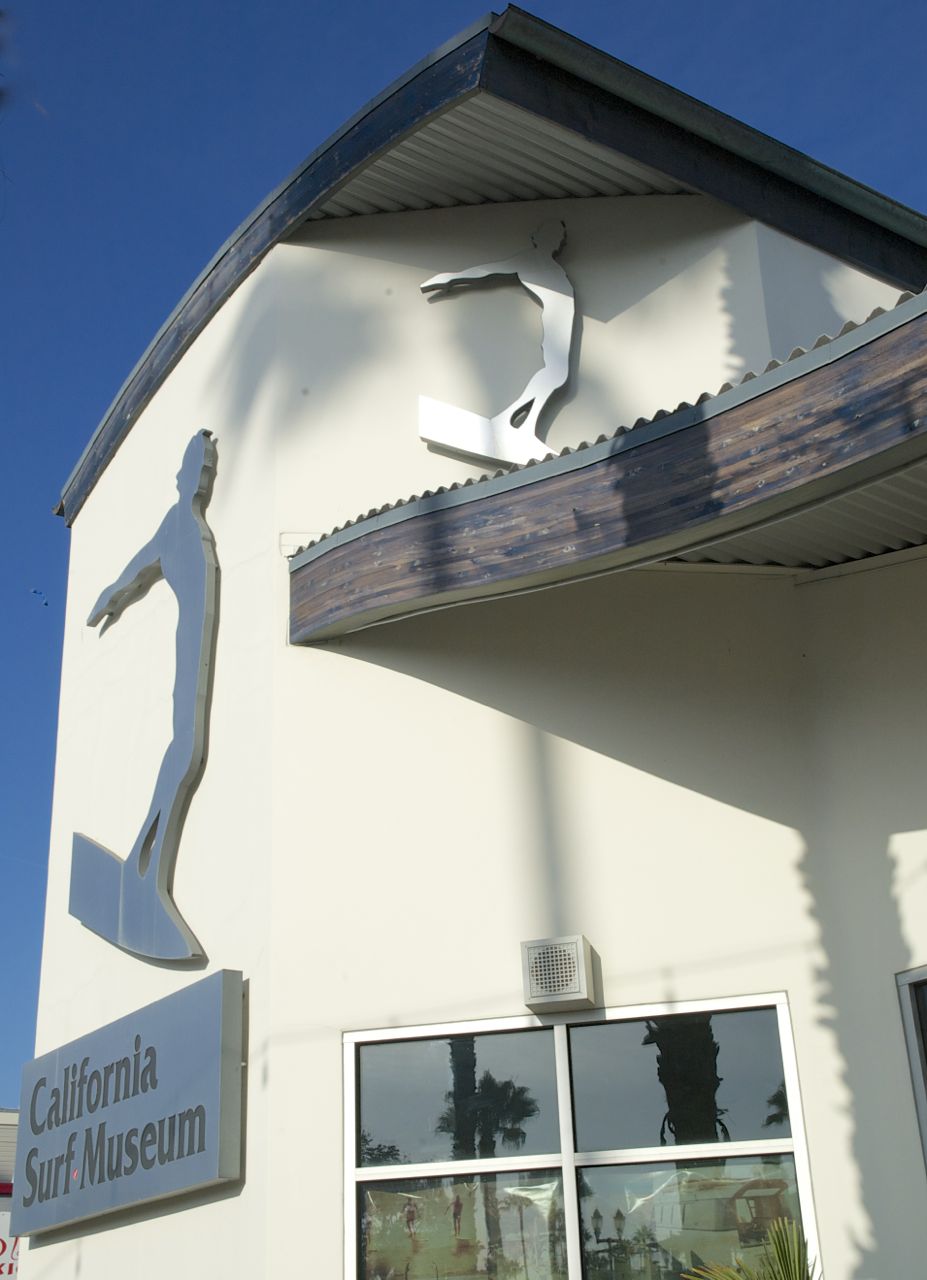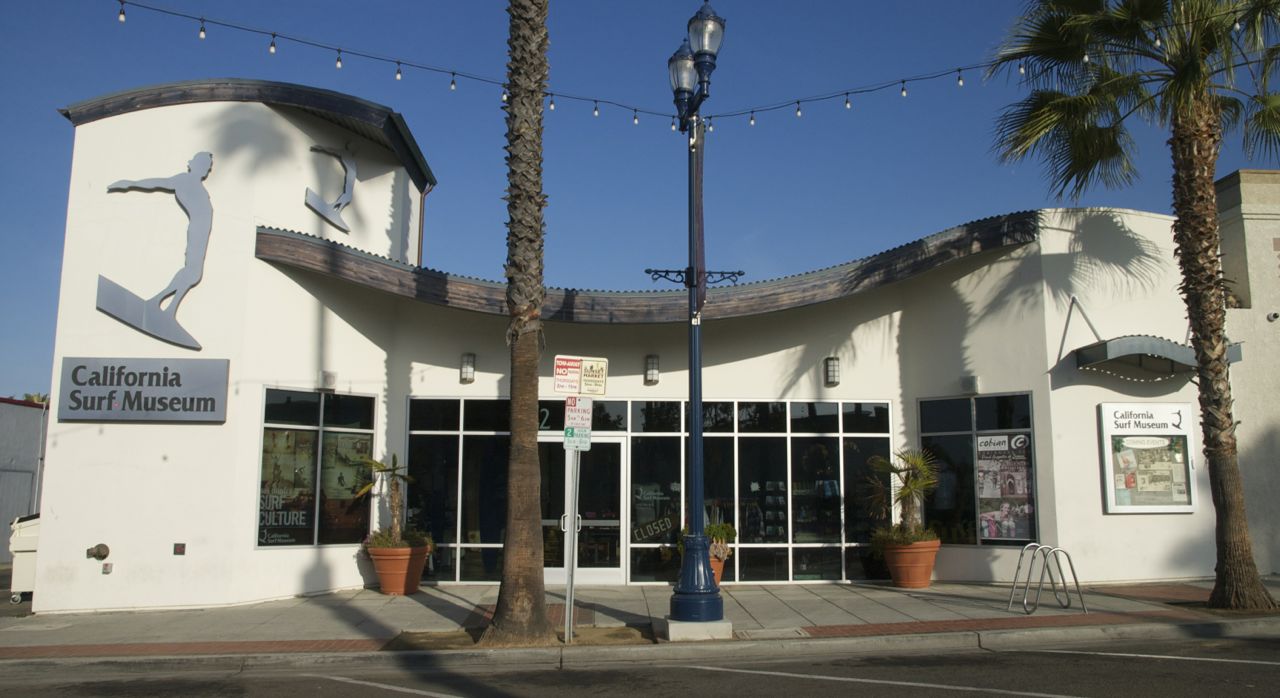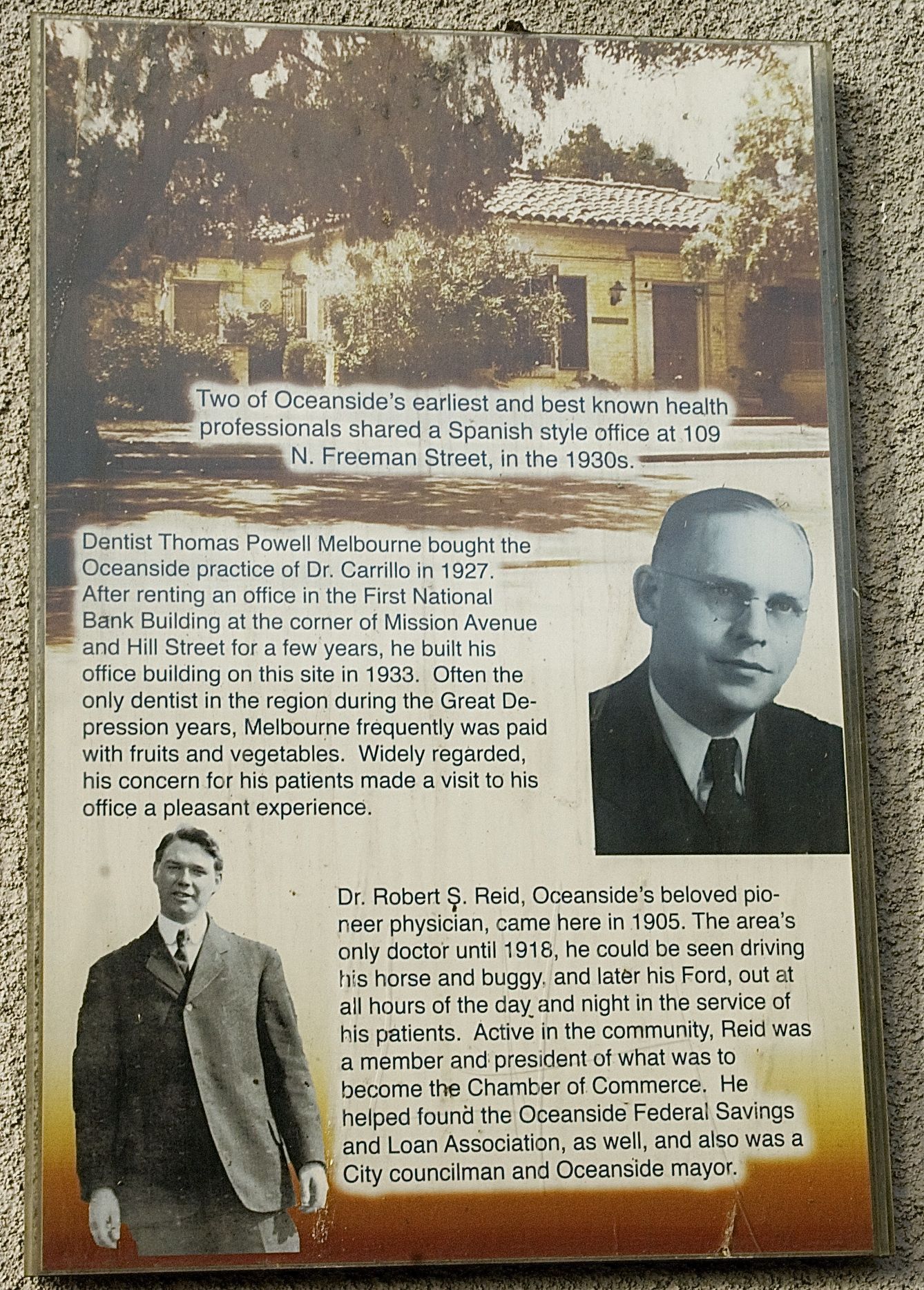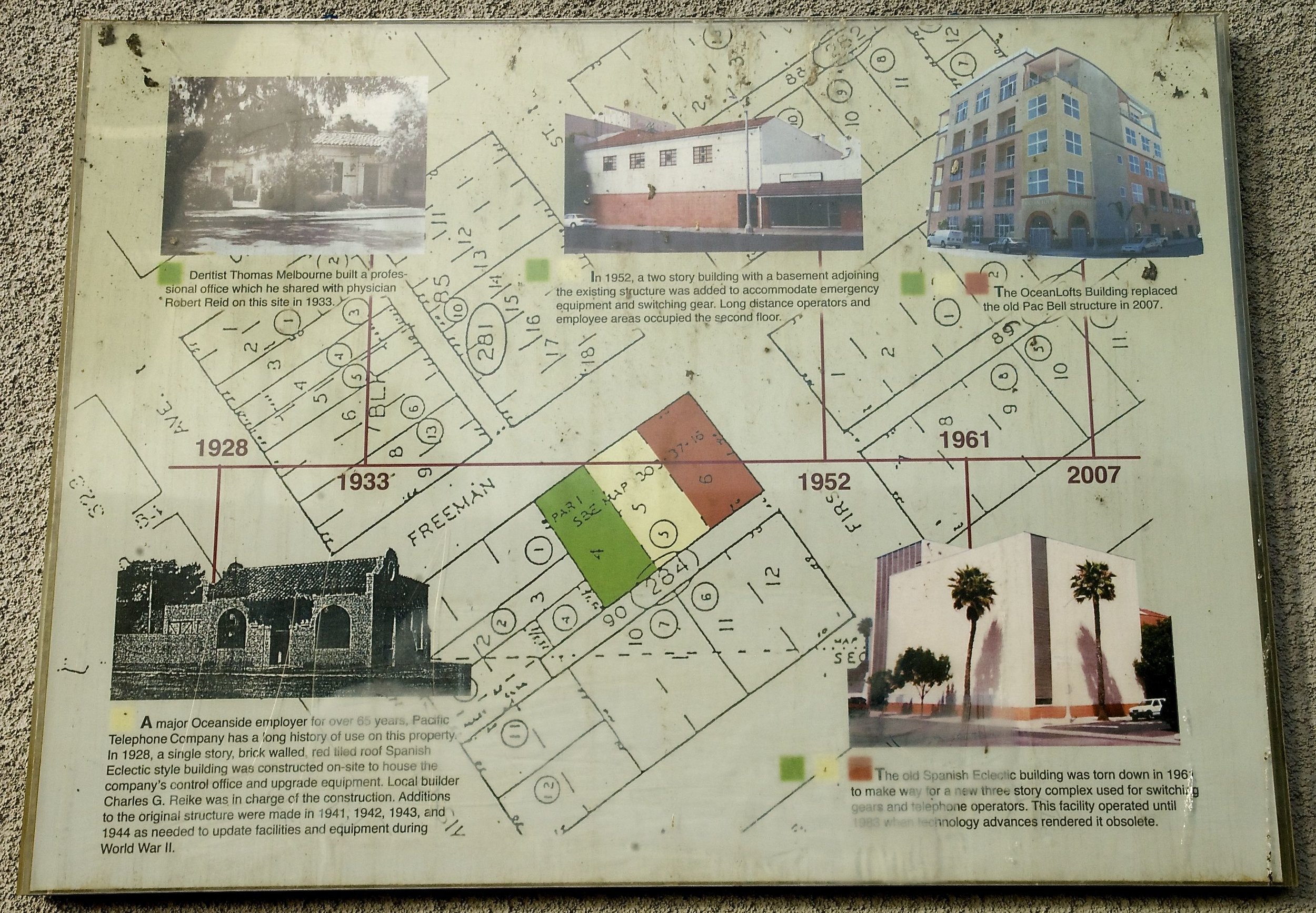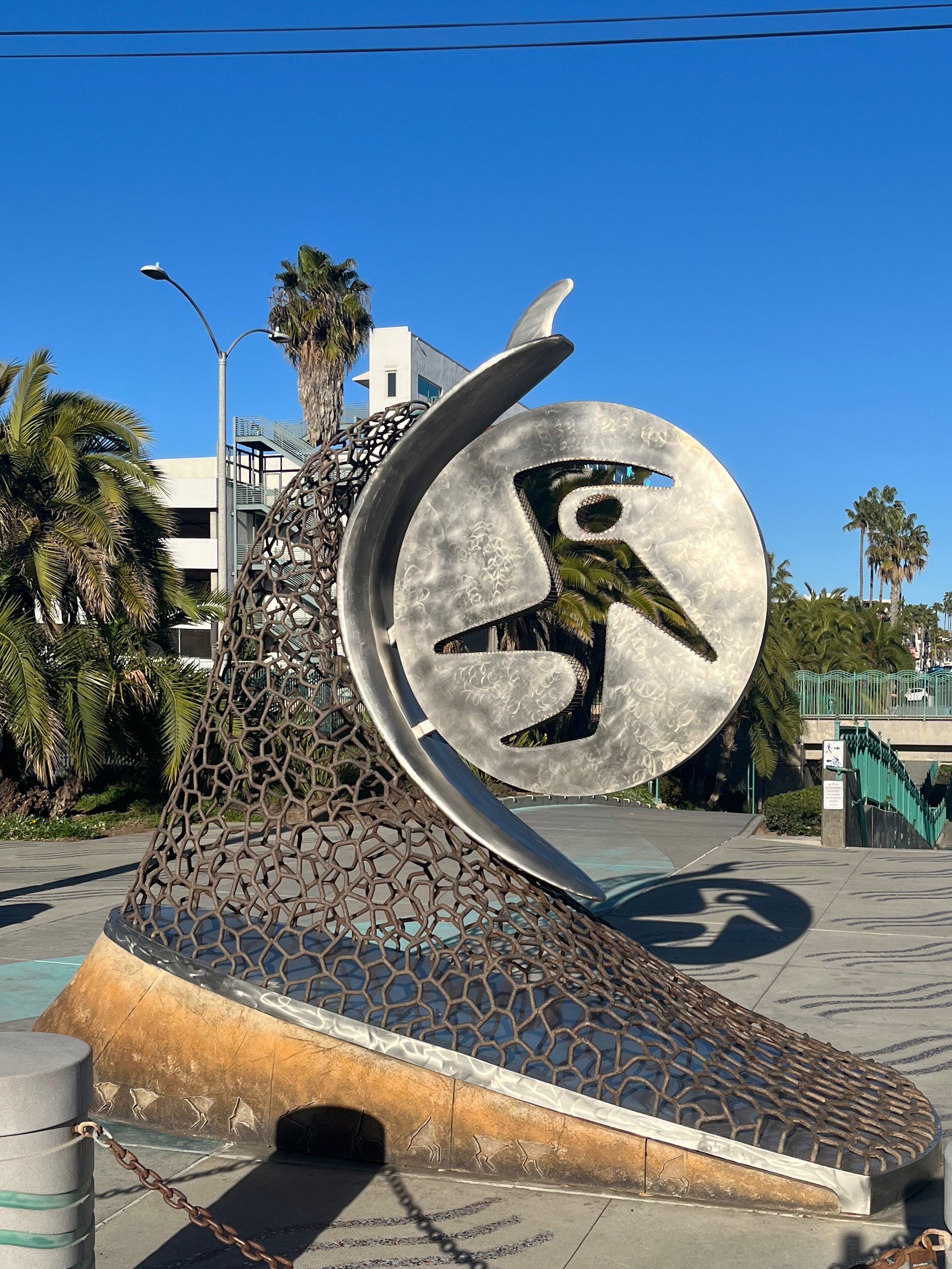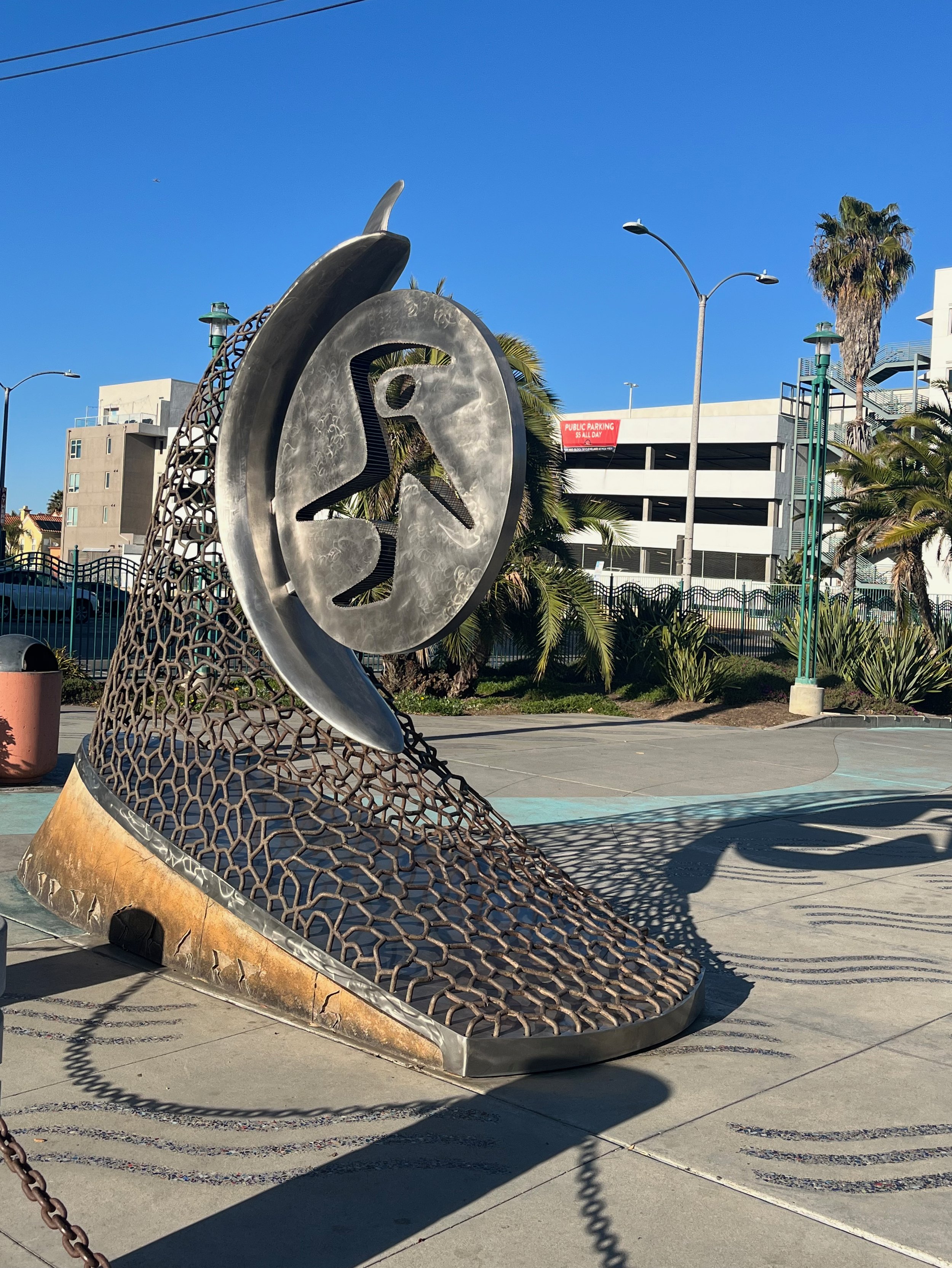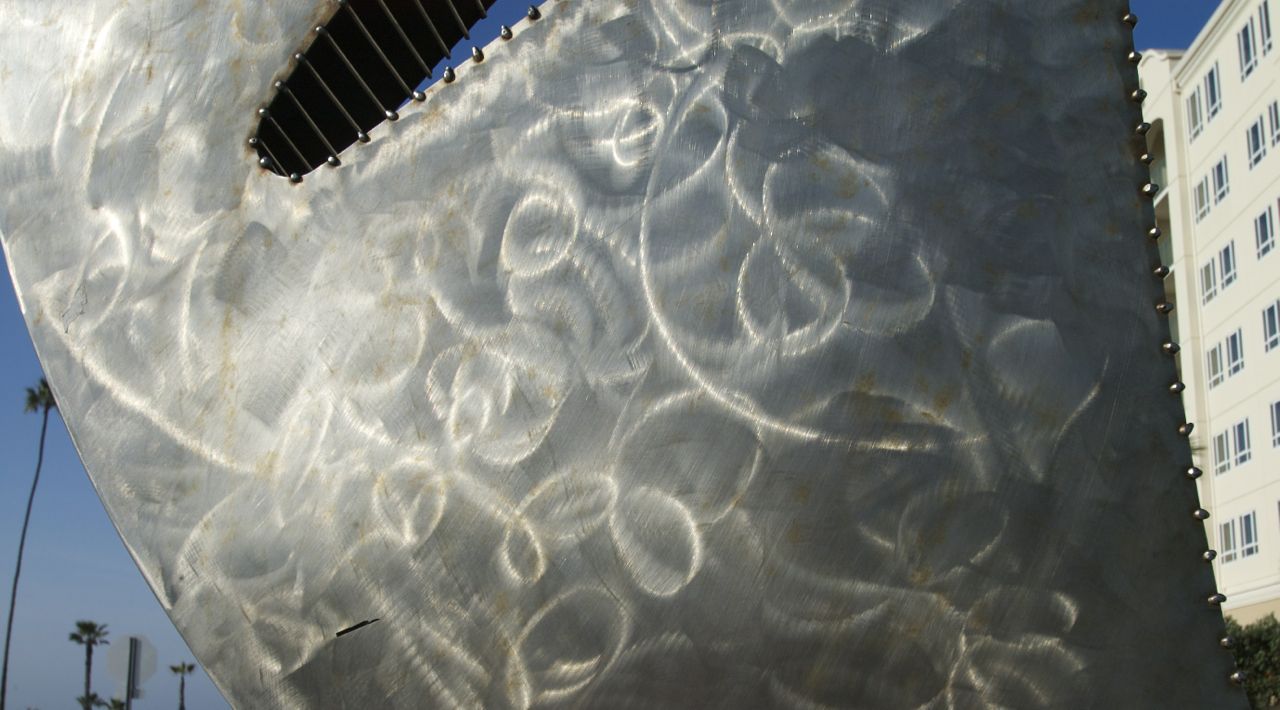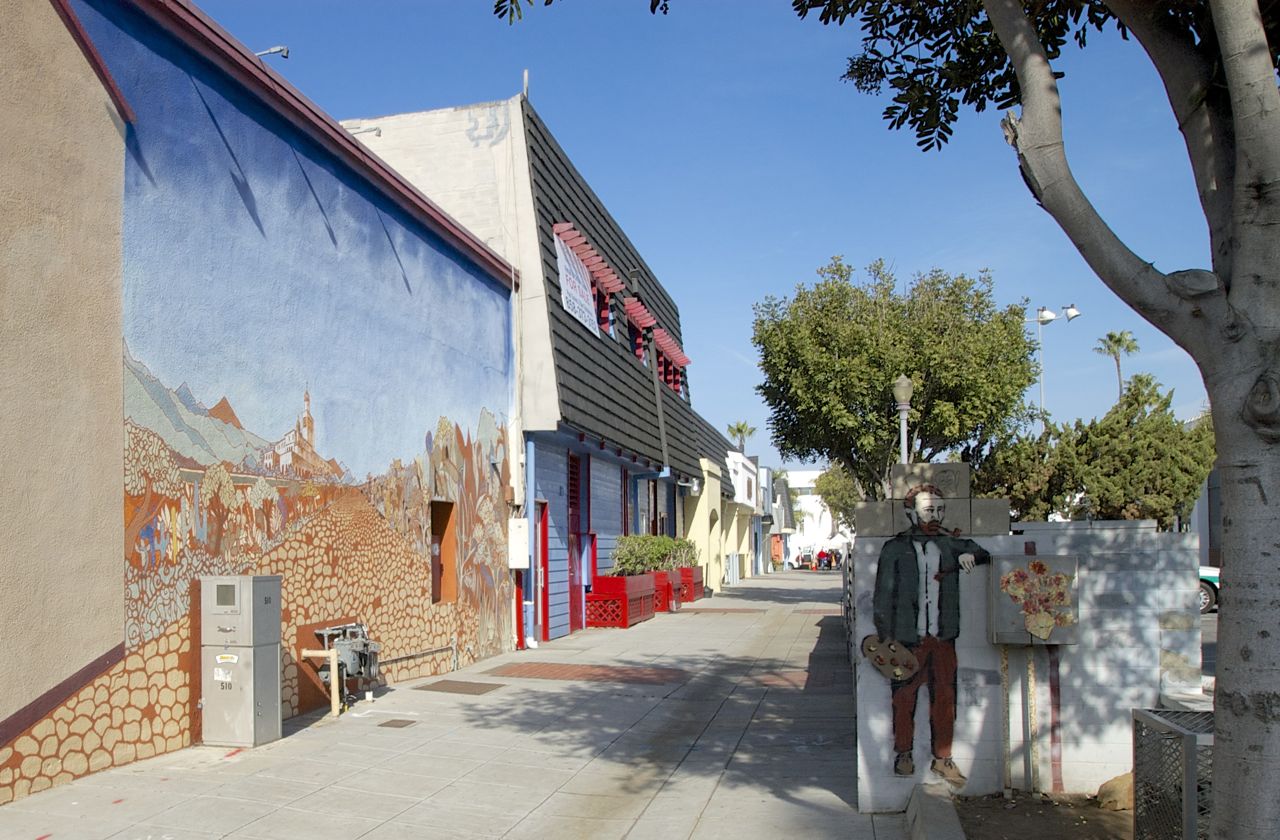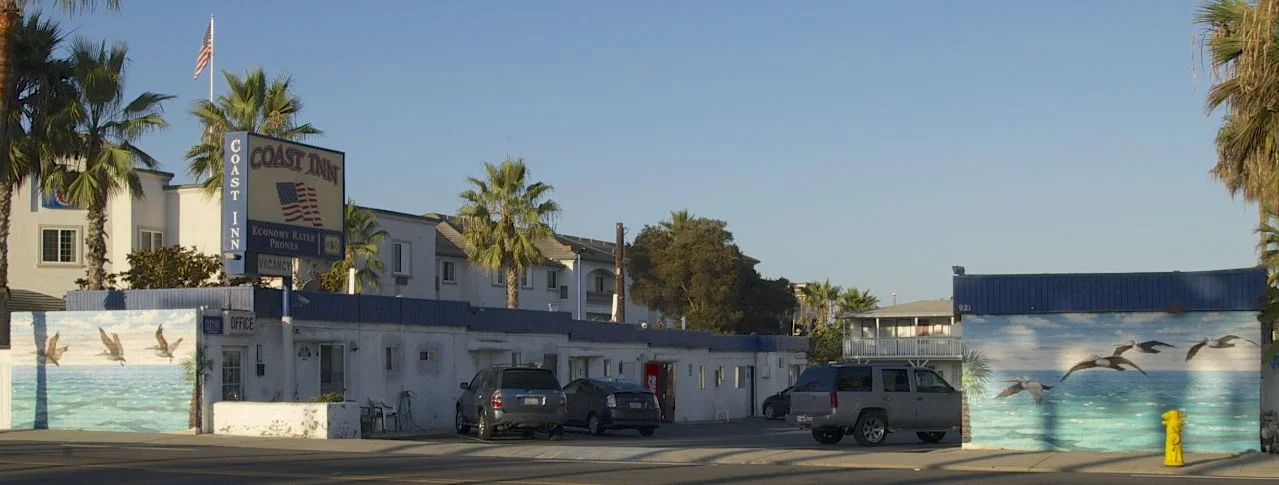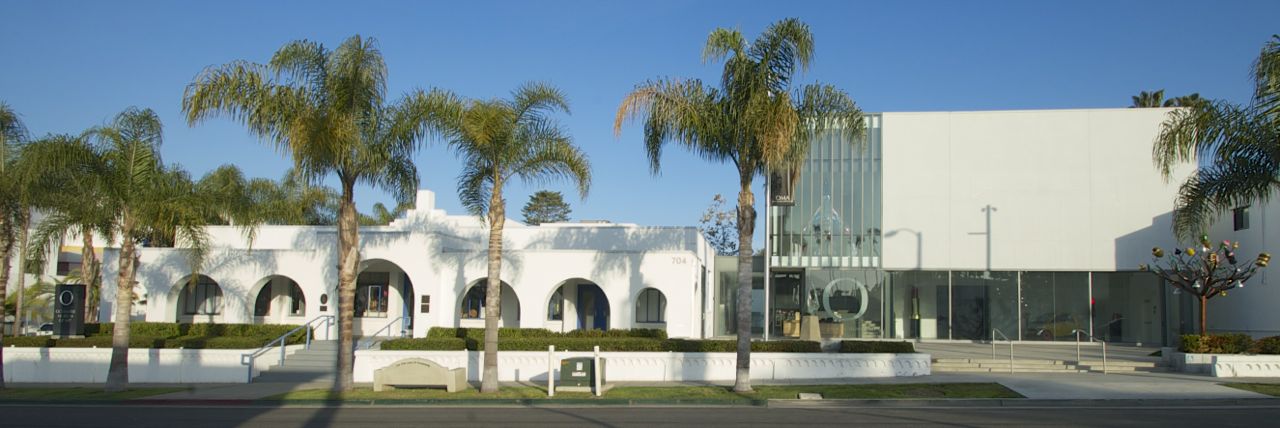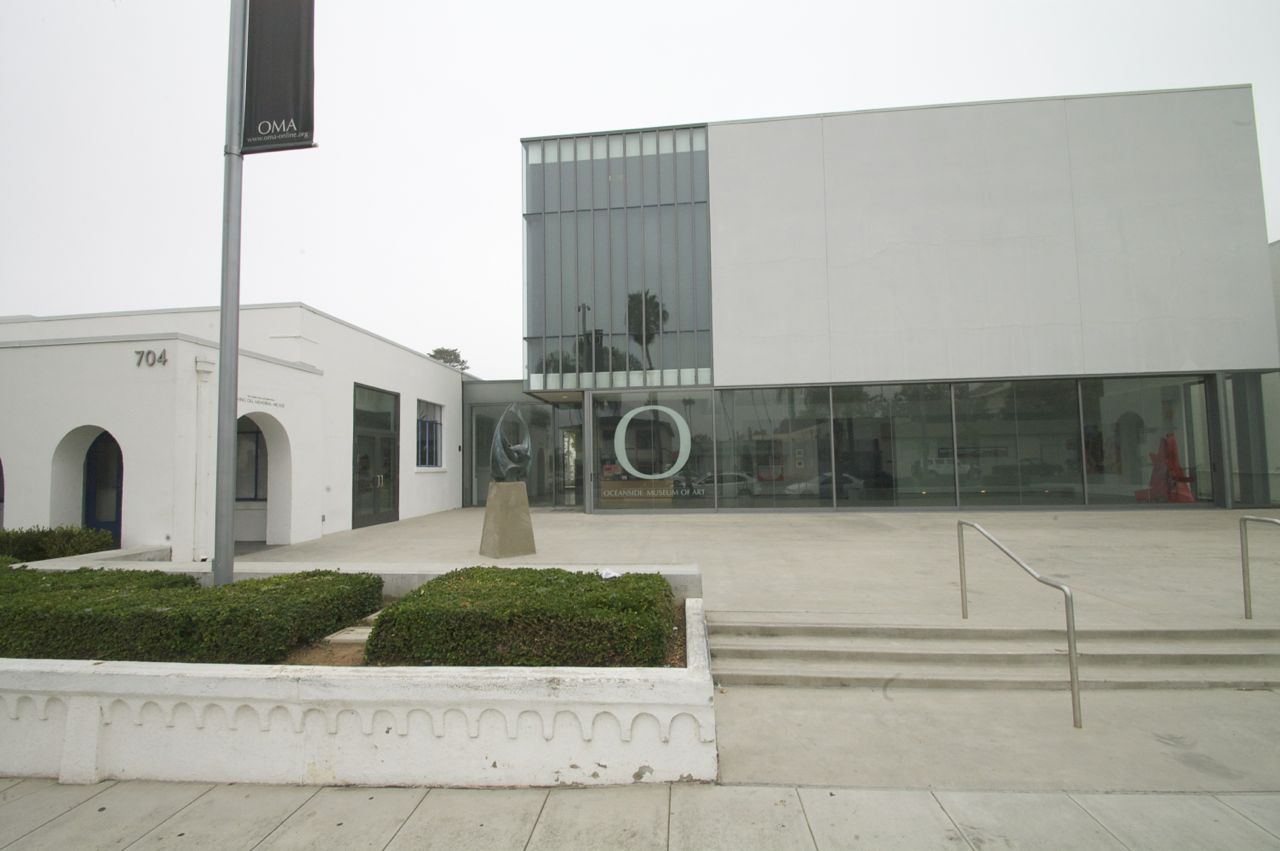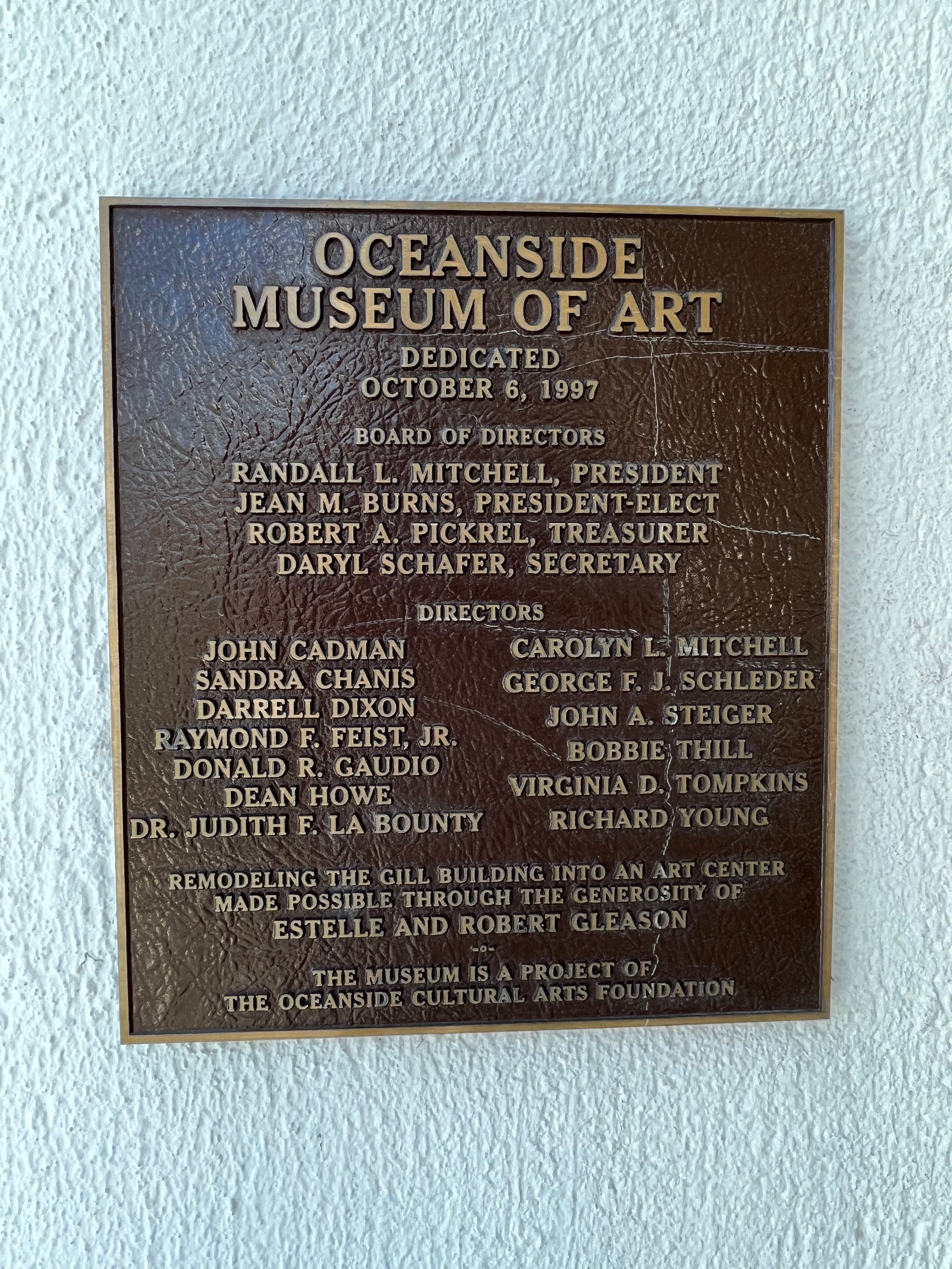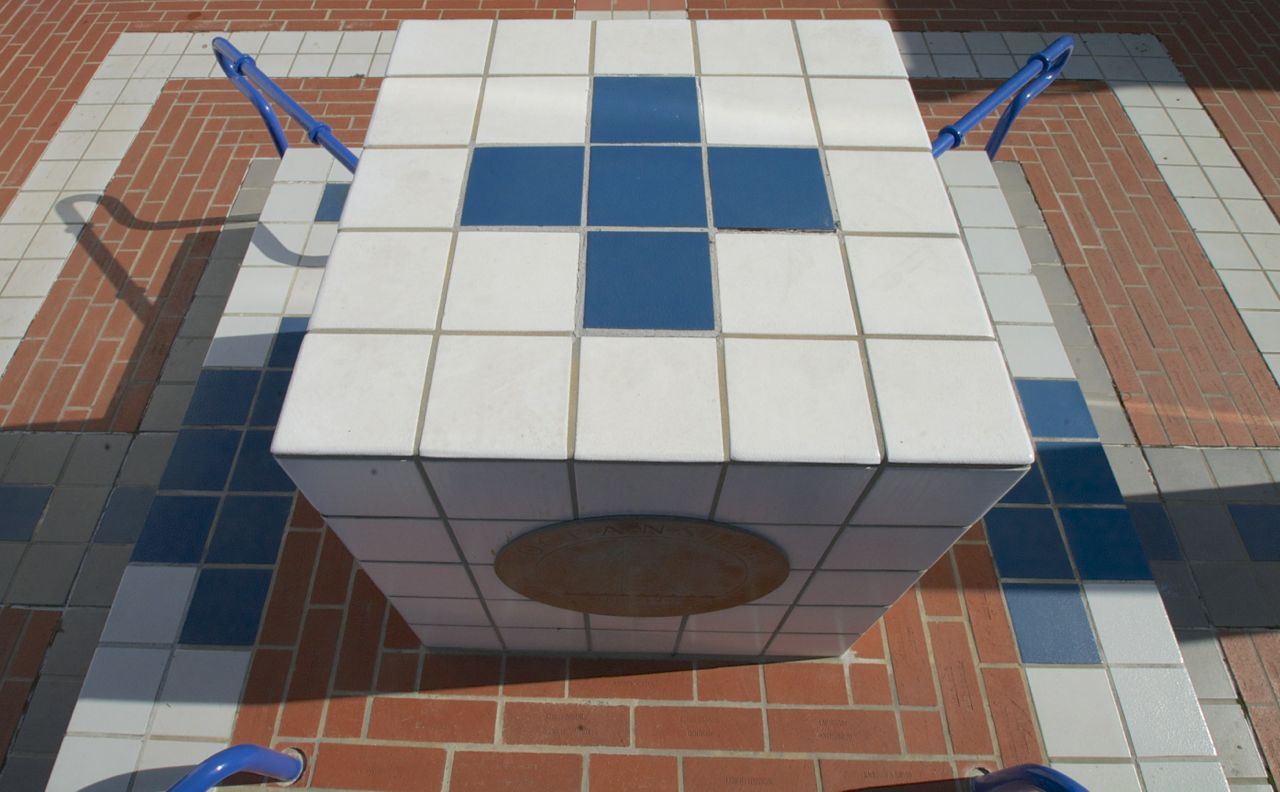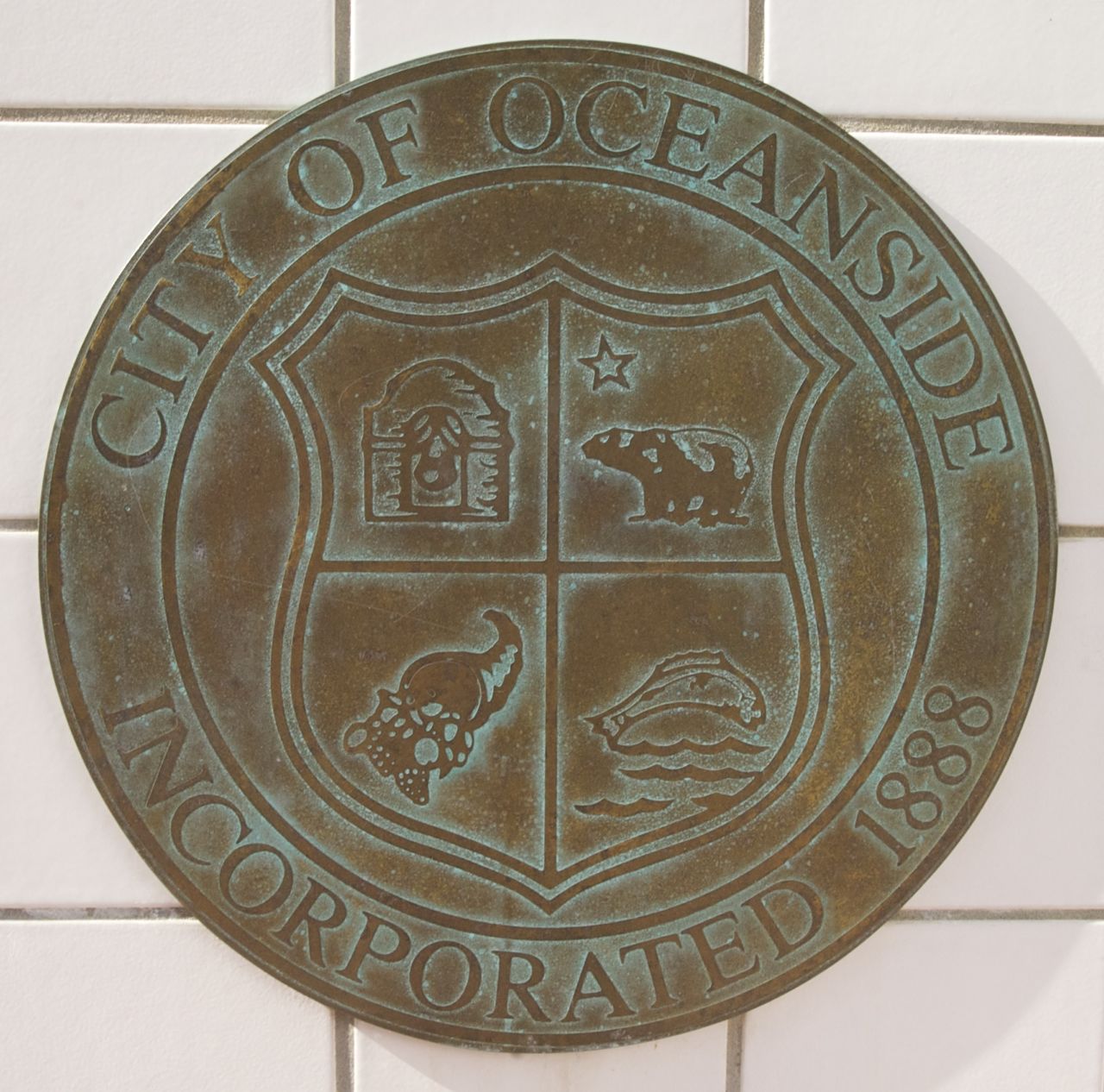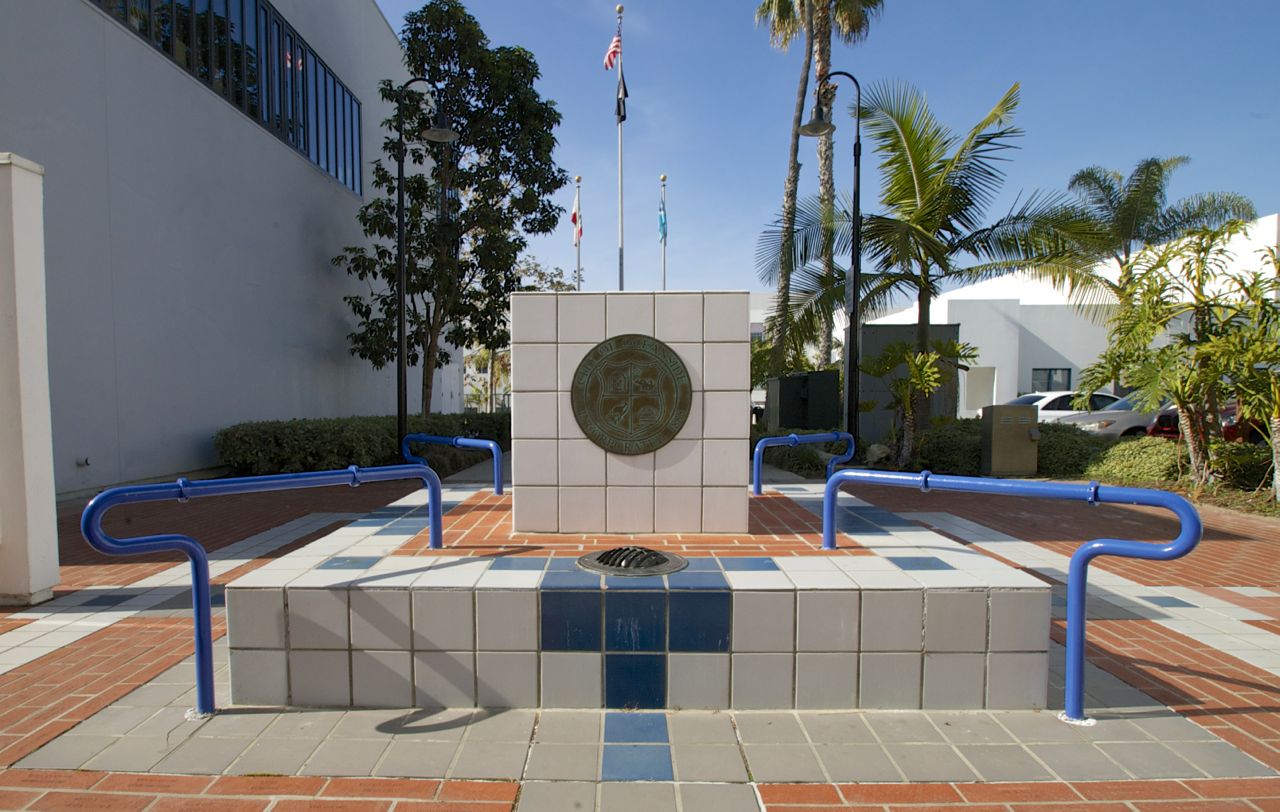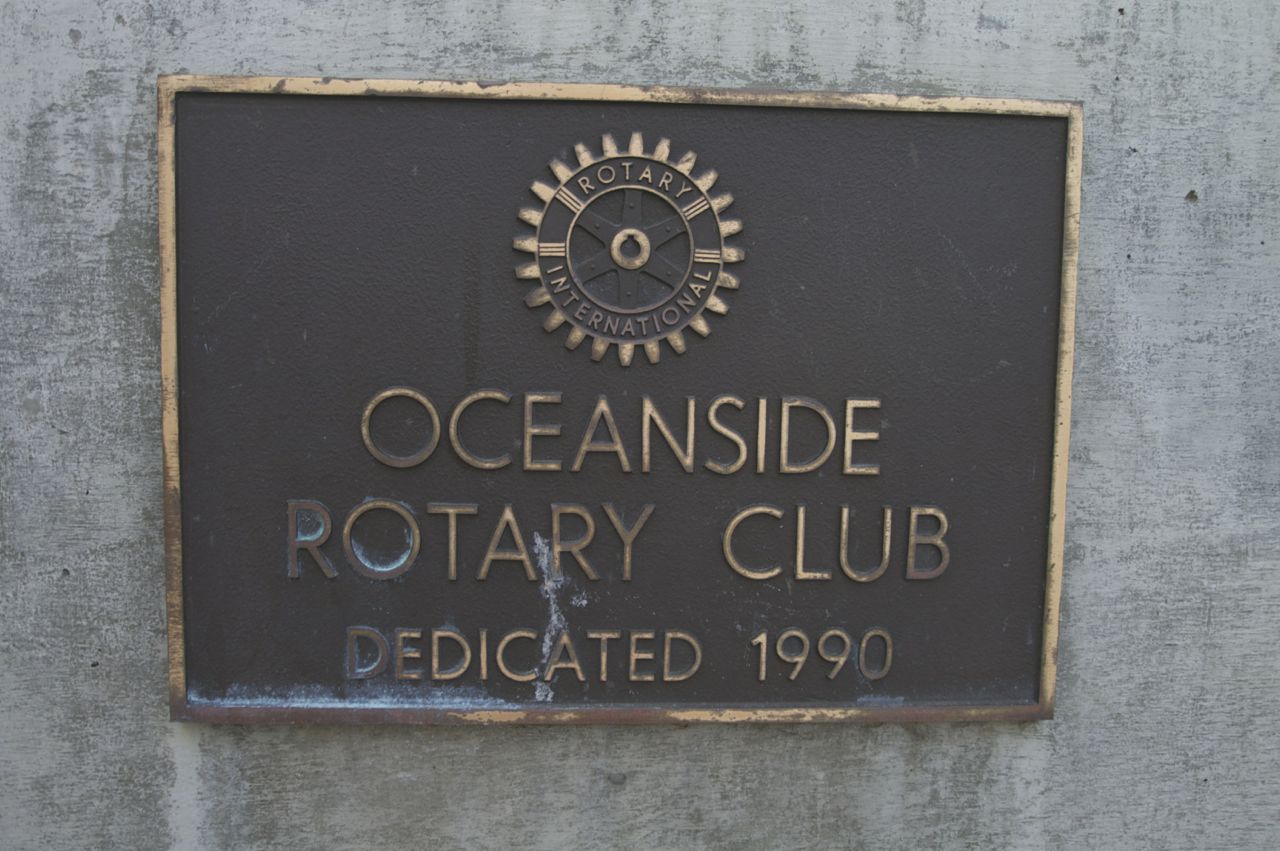Newspaper article
Los Angeles Times
City Mural Springs From Pain of Artist's Dark Past
by Ray Tessler
Jan 6, 1992
* Painting: John Jennings' creativity was shaped in part by abuse at boys' home and the Vietnam War. He will donate work to Oceanside.
Oceanside - He was the boy in the box, confined for nearly five months by the brutal headmaster of a military school in Washington state. John Jennings' only companions during those months were a mouse and his own imagination, which comforted the 8-year-old boy with visions of silent pastures and crystal raindrops splattering on a windowsill.
Jennings is 43 now, and living in the hills of northern San Diego County. There is something else important to know about him: As an Army photographer in Vietnam, he captured the fear and death that bound soldiers together. The terrifying childhood experience 35 years ago, and the remembrance of war as an adult, helped forge Jennings into the artist he is today. The box gave him a lust for freedom, The war left a reverence for those who endure combat. Together, those forces have led Jennings to offer an unusual gift to Oceanside.
The gift: dolphins, gray whales and a panoramic view of the coastal city, as depicted on a 16-foot-high and 45-foot-wide mural that Jennings, an environmental marine artist, will paint for free on a wall near the Oceanside Pier. Jennings was moved to donate the mural after watching Camp Pendleton Marines march down an Oceanside street upon their return from the Gulf War. He sadly remembered how no one seemed to care when he came home from Vietnam. "It's really my way of saying, as a Vietnam vet, 'Welcome home,'" he said.
City officials accepted the gift, which Jennings will begin painting this month, weather permitting. Businessman William McMahon is donating the cost of paints and materials for the mural, expected to be at least $35,000. Officials expect that the dancing images of life above and below the sea will give the beachfront a new visual dimension. "This mural will add aesthetic pleasure to that view," said Dan Sanchez, city parks and recreation director.
Jennings' work is best known in California, where his murals, paintings and lithographs adorn streets and galleries. A year ago, he unveiled a similar mural, four times larger, on a building near Cannery Row in Monterey. Merchants there at first were wary of the vast undertaking showing a whale's eye view of Monterey Bay - but no longer. "One of the problems we have is it's almost too successful," said Michael Sarka, manager of the Cannery Row Promotional District. The mural has become so popular that the very merchants who once derided the idea are now calling for removing trees that block the view of the artwork, he said.
Jennings' art represents a long journey from literal and emotional darkness. He never knew his father, an El Paso motorcycle officer who was divorced from his mother when Jennings was 2. But when he drew subtle pencil and crayon mountain scenes at age 4, his mother and grandmother knew enough to nurture the child's talent. "I had a conceptual feel for shadow and light," said Jennings. He would peer intently at scenes and objects, tracking how they changed in tone as sunlight passed into night. "That was like a toy to me."
Yet childhood was not playful for Jennings, who was often uprooted as his mother traveled around to find work. There were a few idyllic years on a farm in Washington state, where the boy's imagination could fix on the gentleness of nature, the open fields surrounded by lush forest. Later, the remembrance of that shimmering scene virtually saved Jennings emotionally.
His mother remarried, but Jennings was having problems in school. His mother enrolled him in Hopkins Military Academy in Redmond, Wash., where the headmaster was arrested for his treatment of children. Old newspaper stories recount that the man was charged with beating one boy with a swagger stick, threatening the parents of another with a pistol, and locking up one boy and feeding him bread and water. The man was convicted of abusing boys in his care. "He was a sadist," Jennings said. The headmaster punished him over a trifling matter by shutting him in a large wooden box in a barracks, he said, where he was confined for nearly five months. The boy cried for hours at a time, finding solace only in the mouse that visited him once in a while, and in his own imagination. He withdrew into his dream world, Jennings said, conjuring mental pictures of the farm, the sunshine and the raindrops that had softly pelted the window there. His mother, who had been repeatedly turned away when she came to visit, one day brought the sheriff, he said, freeing him. "I'll never forget it until I die," he said. But the ordeal also left him with something indelible: "It gave me the gift to create from my imagination."
In the years afterward, Jennings said, he was put in reform schools and board-and-care facilities. But when he was 11, an art professor, Richard Trojan from Oregon State University, came to the boys' home where Jennings was living and selected children to tutor. Before long, Jennings had found a mentor and was receiving private lessons from Trojan. "He reseeded me inside," Jennings said. Five years ago, Trojan saw some of Jennings' adult work, which showed him that the artist had followed his heart, but had not pursued formal art training. "In terms of his isolation from the academic kind of art, I consider [his work] something unusual and exceptional," Trojan said.
In the late '60s, Jennings was drafted, He went to Vietnam as a cook, but fast-talked his way into becoming a combat photographer. He photographed countless bland military ceremonies, but also took reconnaissance photos and scenes of battle. He saw dying soldiers through a lens. "It was almost like capturing their spirit before they died," he said. After he left the Army, he sang and played guitar to help pay his was through college, and finally embarked on a career in art. His destiny was set one day as he walked along the beach in Oregon and happened upon a dead gray whale. "Its eye was open. It looked so human to me, I saw the wisdom of its life in a whole other world. It was very spiritual, very moving to me. It was a very personal thing between me and a dead whale."
He resolved to paint sea life and introduce viewers to "the entirely new planet" he had discovered through the whale's eye.









